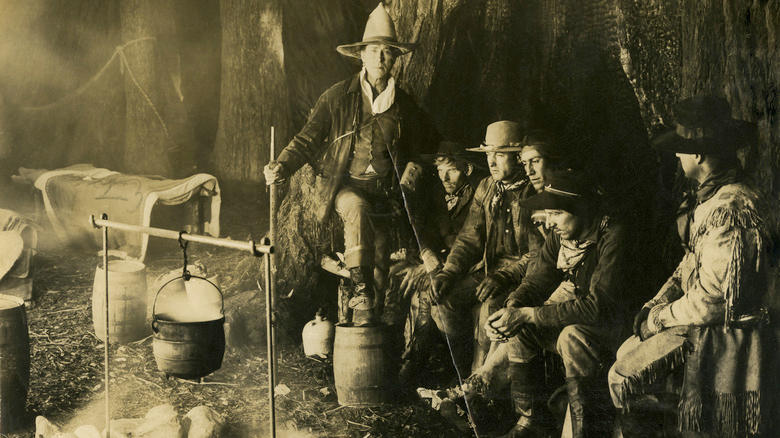When most people think of Texas, a few images come to mind wide open plains, cowboy hats, and of course, a steaming bowl of chili. But how did this simple, spicy stew rise from humble campfire origins to earn the title of Texas’ official state dish in 1977? The answer lies in a journey that blends grit, flavor, and a whole lot of Lone Star pride.
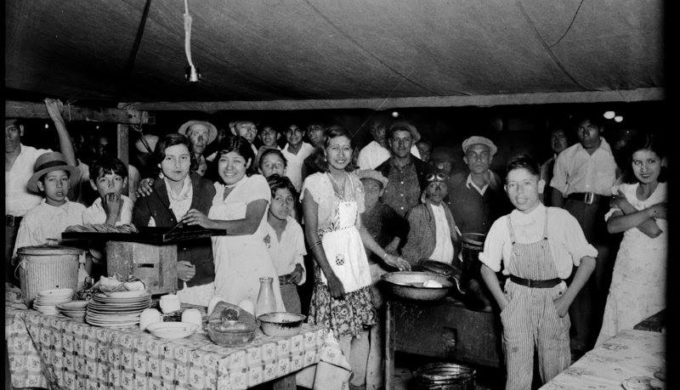
Born on the Trail: Chili’s Cowboy Roots
Chili short for chili con carne, which means “chili with meat” in Spanish didn’t begin in five-star restaurants or suburban kitchens. Its roots stretch back to the 1800s, when it was cowboy cuisine. Out on the dusty trails, cattle drivers needed meals that were simple, hearty, and easy to make over open flames.
Enter chili.
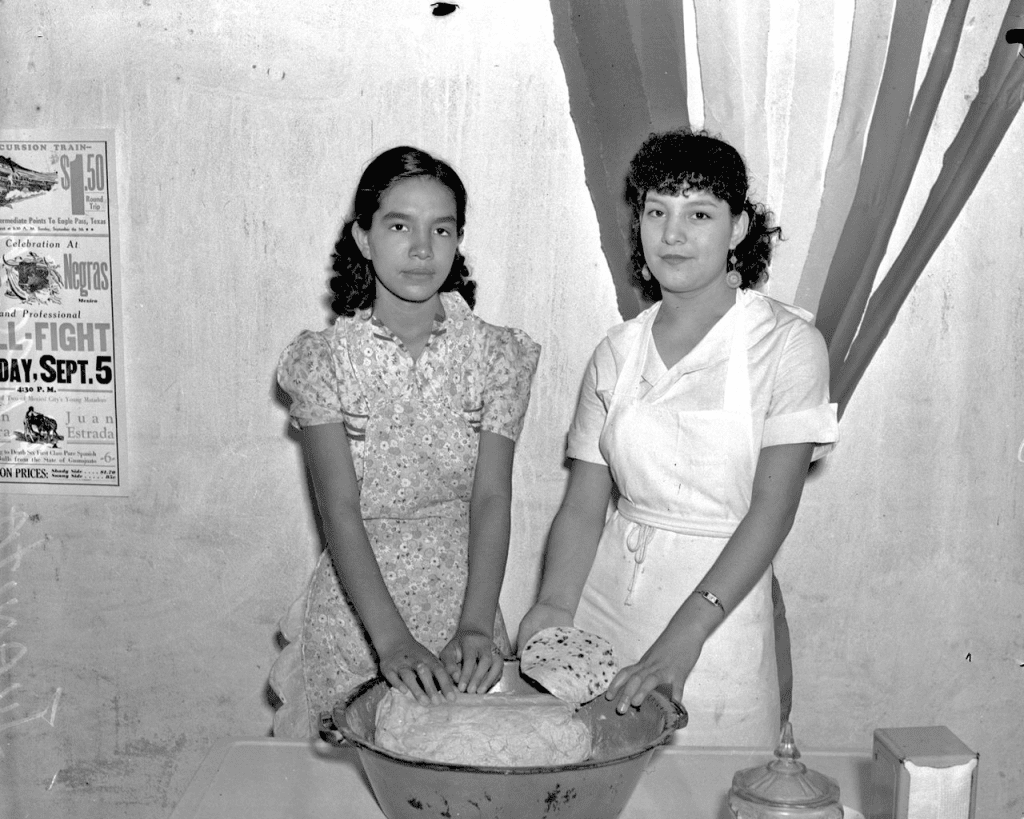
The earliest versions were rustic: chunks of beef, dried chili peppers, and spices mixed together in a pot. No beans. No frills. Just nourishment with a punch. It was the perfect trail food portable, long-lasting, and full of bold flavor.
These cowboys weren’t just making a meal they were laying the foundation of a culinary legend.
Video:
A History of Chili | Discover the Origins of this Tasty Dish
Spreading Through the Southwest
As cattle drives made their way through the American Southwest, so did chili. By the mid-1800s, the dish had gained a loyal following in towns and cities. In San Antonio, “chili queens” began setting up outdoor stalls in public squares, serving up steaming bowls to locals and travelers alike. These women played a key role in popularizing chili, especially among visitors who took the taste home with them.
By the late 19th century, chili joints were popping up in cities as far north as Chicago and Cincinnati. But no matter how far it traveled, chili always carried a hint of its Texas birthplace.
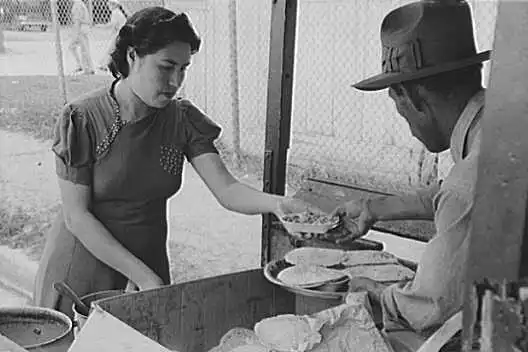
A Symbol of Texas Identity
Chili isn’t just food in Texas it’s personal. Ask any Texan what makes a real bowl of chili, and you’ll get passionate opinions. One thing they’ll likely agree on? Real Texas chili doesn’t have beans. It’s all about the meat, the spices, and the slow-simmered flavor.
The dish became a source of state pride. In local cook-offs and county fairs, chili was more than a meal it was competition. People spent years perfecting their recipes, handing them down through generations like sacred artifacts.
Video:
How to Make Texan Chili con Carne, Part 1
This fierce love for chili culminated in 1977, when the Texas Legislature officially declared chili the state dish. It wasn’t just about recognizing a recipe it was about honoring tradition, heritage, and identity.
Chili Today: Still Going Strong
Today, chili is everywhere from backyard cookouts to national competitions. Texas continues to lead the way, hosting some of the most famous chili cook-offs in the world, like the Terlingua International Chili Championship. Recipes now range from classic no-bean bowls to wild modern twists featuring chocolate, coffee, or even venison.
But at its core, chili remains true to its roots: bold, hearty, and unmistakably Texan.
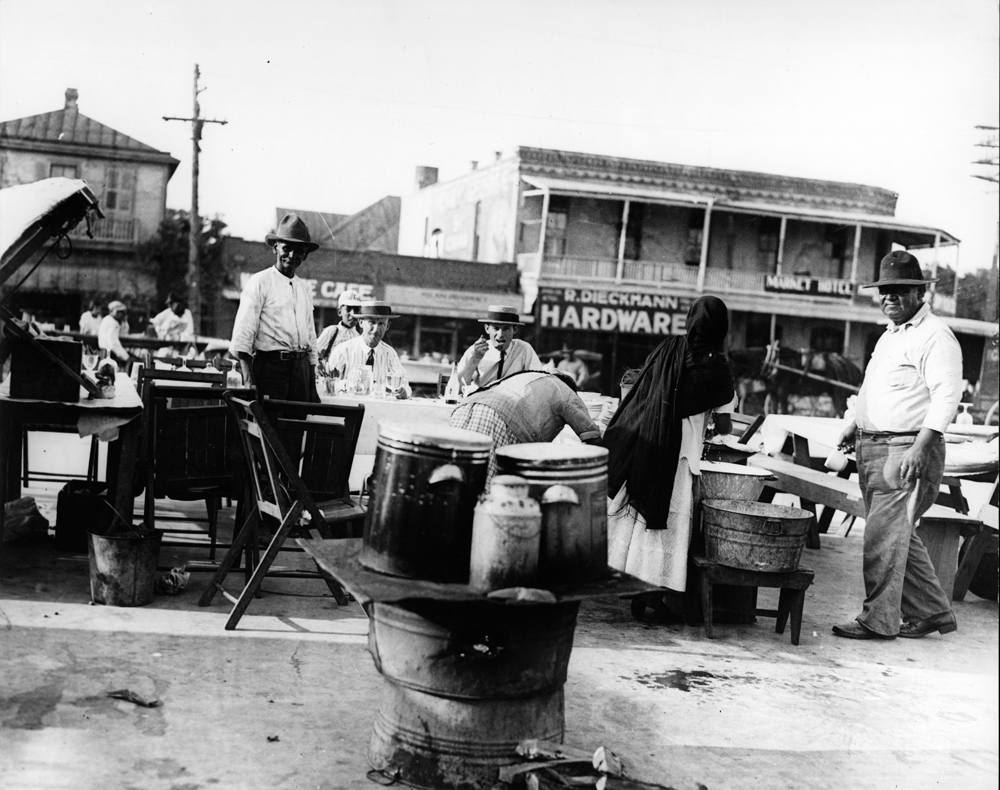
More Than a Dish A Legacy
What started as cowboy fuel has become a symbol of resilience and flavor, a culinary anthem for a state that prides itself on doing things its own way. Chili is more than just food it’s a taste of Texas history, a warm bowl of state pride that continues to bring people together, one spicy spoonful at a time.
So next time you ladle out some chili, remember: you’re not just eating a meal you’re tasting a tradition more than 200 years in the making.
